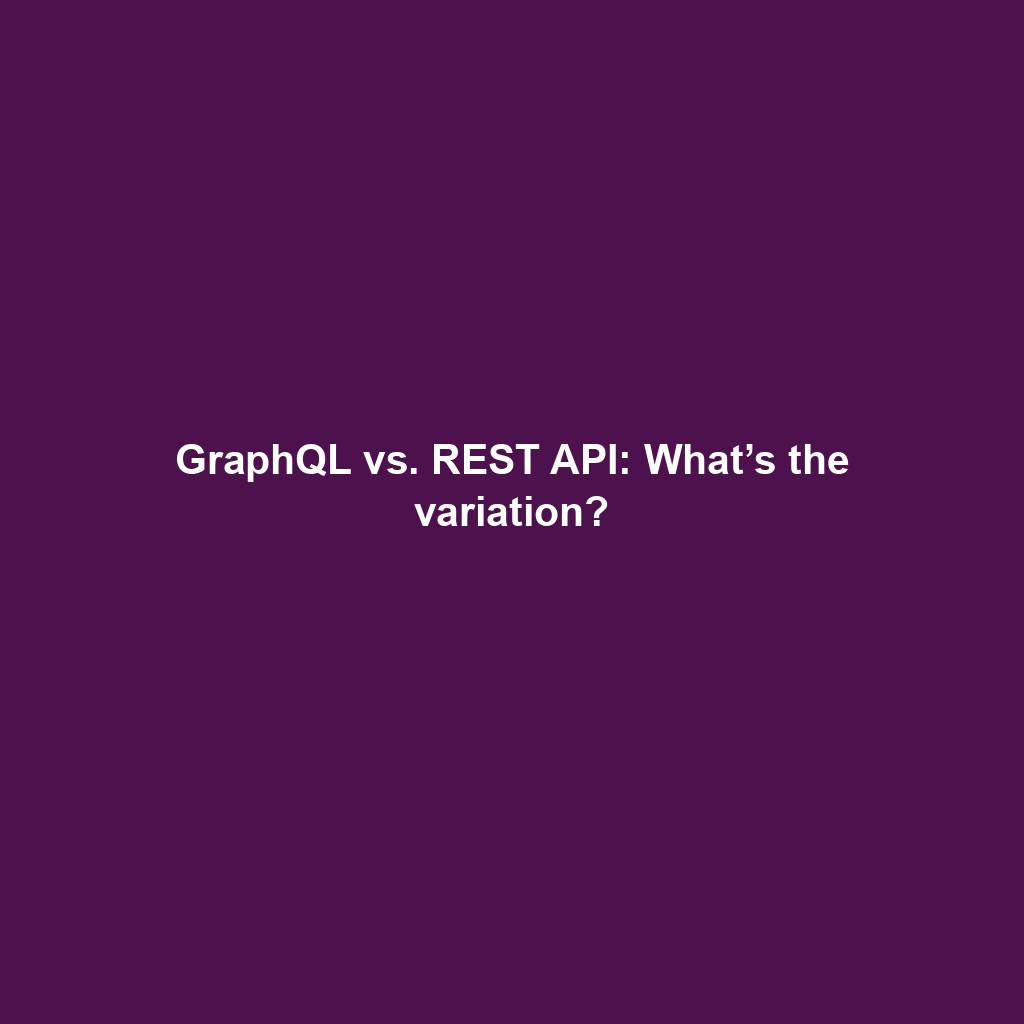
As the conduits wherein tool elements engage and information flows around the web, APIs are the lifeblood of recent internet services and products. API applied sciences like SOAP (a internet services and products messaging protocol), REST (an architectural taste) and GraphQL (a programming language and power) simplify tool construction by way of enabling third-party information and services and products integration. APIs additionally allow corporations to supply protected carrier purposes and information trade to staff, industry companions, and customers.
Despite the numerous varieties of APIs, debates about two main paradigms have ruled the dialog in recent times: REST (representational state switch) and GraphQL. Both be offering a variety of advantages and thus are deployed for networking initiatives around the globe. However, they range considerably in how they organize information site visitors. Here, we dissect the ones variations and speak about how companies can use REST and GraphQL APIs to optimize their networks.
What are REST and GraphQL APIs?
An realizing of REST and GraphQL APIs in my opinion is important for a comparability of the 2.
REST
Developed within the early 2000s, REST is a structured architectural taste for networked hypermedia packages, which is designed to make use of a stateless, Jstomer/server, cacheable communique protocol. REST APIs, often known as RESTful APIs, are the drivers of REST architectures.
REST APIs use distinctive useful resource identifiers (URIs) to deal with assets. REST APIs paintings by way of having other endpoints carry out CRUD (“create,” “read,” “update” and “delete”) operations for community assets. They depend on a predefined information structure—known as a media sort or MIME sort—to decide the form and measurement of assets they supply to shoppers. The maximum not unusual codecs are JSON and XML (and every so often HTML or simple textual content).
When the Jstomer requests a useful resource, the server processes the question and returns the entire information this is related to that useful resource. The reaction comprises HTTP reaction codes like “200 OK” (for a success REST requests) and “404 Not Found” (for assets that don’t exist).
GraphQL
GraphQL is a question language and API runtime that Facebook advanced internally in 2012 earlier than it turned into open supply in 2015.
GraphQL is outlined by way of API schema written within the GraphQL schema definition language. Each schema specifies the varieties of information the consumer can question or alter, and the relationships between the categories. A resolver backs each and every box in a schema. The resolver supplies directions for turning GraphQL queries, mutations, and subscriptions into information, and retrieves information from databases, cloud services and products, and different assets. Resolvers additionally supply information structure specs and allow the machine to sew in combination information from quite a lot of assets.
Unlike REST, which generally makes use of a couple of endpoints to fetch information and carry out community operations, GraphQL exposes information fashions by way of the usage of a unmarried endpoint wherein shoppers ship GraphQL requests, irrespective of what they’re requesting. The API then accesses useful resource houses—and follows the references between assets—to get the Jstomer the entire information they want from a unmarried question to the GraphQL server.
Both GraphQL and REST APIs are resource-based information interchanges that use HTTP strategies (like PUT and GET requests) that dictate which operations a shopper can carry out. However, key variations exist between them that give an explanation for no longer most effective the proliferation of GraphQL but in addition why RESTful programs have such endurance.
Differences between GraphQL and REST APIs
GraphQL provides an effective, extra versatile addition to REST; GraphQL APIs are steadily seen as an improve from RESTful environments, particularly given their talent to facilitate collaboration between front-end and back-end groups. GraphQL supplies a logical subsequent step in a company’s API adventure, serving to repair problems which are steadily encountered with REST.
However, REST used to be lengthy the usual for API architectures, and lots of builders and designers nonetheless depend on RESTful configurations to regulate their IT networks. As such, realizing the distinctions between the 2 is integral to any group’s IT control technique.
REST and GraphQL APIs range in how they organize:
Data retrieval
Because REST depends on a couple of endpoints and stateless interactions—the place each API request is processed as a brand new question, impartial of any others—shoppers obtain each piece of knowledge this is related to a useful resource. If a shopper wishes just a subset of the knowledge, it nonetheless receives the entire information (over-fetching). And if the Jstomer wishes information that spans a couple of assets, a RESTful machine steadily makes the Jstomer question each and every useful resource one at a time to make amends for insufficient information retrieval from the preliminary request (under-fetching). GraphQL APIs use a unmarried GraphQL endpoint to provide shoppers an actual, complete information reaction in a one spherical go back and forth from a unmarried request, getting rid of over- and under-fetching problems.
Versioning
In a REST structure, groups will have to model APIs to change information constructions, and save you machine mistakes and repair disruptions for the top consumer. In different phrases, builders will have to create a brand new endpoint each time they make adjustments, developing a couple of API variations and doubtlessly complicating repairs. GraphQL reduces the will for versioning as a result of shoppers can specify their information necessities within the question. The addition of recent fields to the server does no longer impact shoppers with no want for the ones fields. Conversely, if fields are deprecated, shoppers can proceed to request them till queries are up to date.
Error dealing with
REST APIs will have to use HTTP standing codes to signify the standing or good fortune of a request, and each and every standing code has a selected that means. A a success HTTP request returns a 200 standing code, whilst a shopper error may go back a 400 standing code and a server error may go back a 500 standing code.
At first look, this way to standing reporting turns out easier, however HTTP standing codes are steadily extra helpful to internet customers than to the APIs themselves, particularly in terms of mistakes. REST does no longer have a specification for mistakes, so API mistakes can seem as delivery mistakes or don’t seem with the standing code in any respect. This dynamic can pressure workforce to learn during the standing documentation to grasp what mistakes imply and even how mistakes are communicated throughout the infrastructure.
With GraphQL APIs, each request—irrespective of whether or not it ended in an error—returns a 200 OK standing code as a result of mistakes aren’t communicated by way of the usage of HTTP standing codes (aside from for delivery mistakes). Instead, the machine communicates mistakes within the reaction frame along side the knowledge, so shoppers will have to parse during the information payload to decide if the request used to be a success.
That stated, GraphQL does have a specification for mistakes, so API mistakes are extra simply distinguishable from delivery mistakes. The precise nature of mistakes seems within the “errors” access within the reaction frame, which may make GraphQL APIs preferable to construct in opposition to.
Real-time information
REST doesn’t have integrated strengthen for real-time updates. If an app wishes real-time capability, builders in most cases will have to put in force ways like long-polling (the place the Jstomer many times polls the server for brand new information) and server-sent occasions, which will upload complexity to the appliance.
However, GraphQL comprises integrated strengthen for real-time updates via subscriptions. Subscriptions take care of a gradual connection to the server, permitting the server to push updates to the Jstomer each time explicit occasions occur.
Tools and atmosphere
The REST atmosphere is easily established, with a variety of gear, libraries, and frameworks to be had to builders. Working with REST APIs nevertheless calls for groups to navigate a number of endpoints and perceive the original conventions and patterns of each and every API.
GraphQL APIs are moderately new, however the GraphQL atmosphere has grown greatly since its creation, with quite a lot of gear and libraries to be had for each server and Jstomer construction. Tools like GraphiQL and GraphQL Playground supply robust, in-browser, built-in construction environments (IDEs) for exploring and checking out GraphQL APIs. Furthermore, GraphQL has robust strengthen for code technology, which will simplify client-side construction.
Caching
REST APIs depend on mechanisms like eTags and last-modified headers to cache API calls. While efficient, those caching methods can also be complicated to put in force and may not be appropriate for all use instances.
GraphQL APIs can also be tougher to cache because of the dynamic nature of the queries. However, deploying continued queries, reaction caching, and server-side caching can mitigate those demanding situations and streamline broader caching efforts in GraphQL architectures.
When to make use of GraphQL and REST APIs
Neither REST nor GraphQL APIs are inherently awesome; they’re other gear which are suited for other duties.
REST is normally more uncomplicated to put in force and could be a good selection when an easy, cacheable communique protocol with stringent get admission to controls is a most well-liked (for public-facing e-commerce websites like Shopify and GitHub, as one instance). Given the under- and over-fetching dangers, REST APIs are perfect for:
- Businesses that use smaller apps with more practical information profiles
- Businesses and not using a complicated information querying necessities
- Businesses the place many of the Jstomer base makes use of information and operations in identical tactics
GraphQL APIs allow extra versatile, environment friendly information fetching, which will support machine efficiency and ease-of-use for builders. These options make GraphQL particularly helpful for construction APIs in complicated environments with hastily converting front-end necessities. This comprises:
- Businesses with restricted bandwidth, having a look to restrict calls and responses
- Businesses that need to mix information issues at a one endpoint
- Businesses whose Jstomer requests range considerably
Though they use other approaches, each GraphQL and REST APIs have the prospective to a great deal beef up community scalability and server efficiency.
Take keep watch over of your API atmosphere with IBM API Connect
Regardless of whether or not you select to deploy REST or GraphQL APIs—or some mixture of the 2—your online business can take pleasure in a variety of attainable packages, together with implementations in quite a lot of programming languages (like JavaScript) and integration with microservices and serverless architectures. With IBM API Connect, you’ll be able to use each API sorts to optimize your IT infrastructure.
IBM API Connect is a full-lifecycle API control resolution that is helping you create, organize, protected, socialize and monetize APIs, and advertise virtual transformation throughout information facilities and cloud environments. This signifies that each companies and consumers can energy virtual apps and spur innovation in genuine time.
With API Connect, enterprises can lend a hand be sure they’re running at the vanguard of API control, which is able to end up precious in a computing panorama this is poised to develop higher, extra complicated and extra aggressive over the years.
Explore IBM API Connect
Subscribe to Computational Intelligence subject updates
Was this newsletter useful?
YesNo
More in this category ...
Ripple companions with SBI Group and HashKey DX for XRPL answers in Japan

April sees $25M in exploits and scams, marking historic low ― Certik

MSTR, COIN, RIOT and different crypto shares down as Bitcoin dips

EigenLayer publicizes token release and airdrop for the group

VeloxCon 2024: Innovation in knowledge control

Successful Beta Service release of SOMESING, ‘My Hand-Carry Studio Karaoke App’

Dogwifhat (WIF) large pump on Bybit after record reasons marketplace frenzy
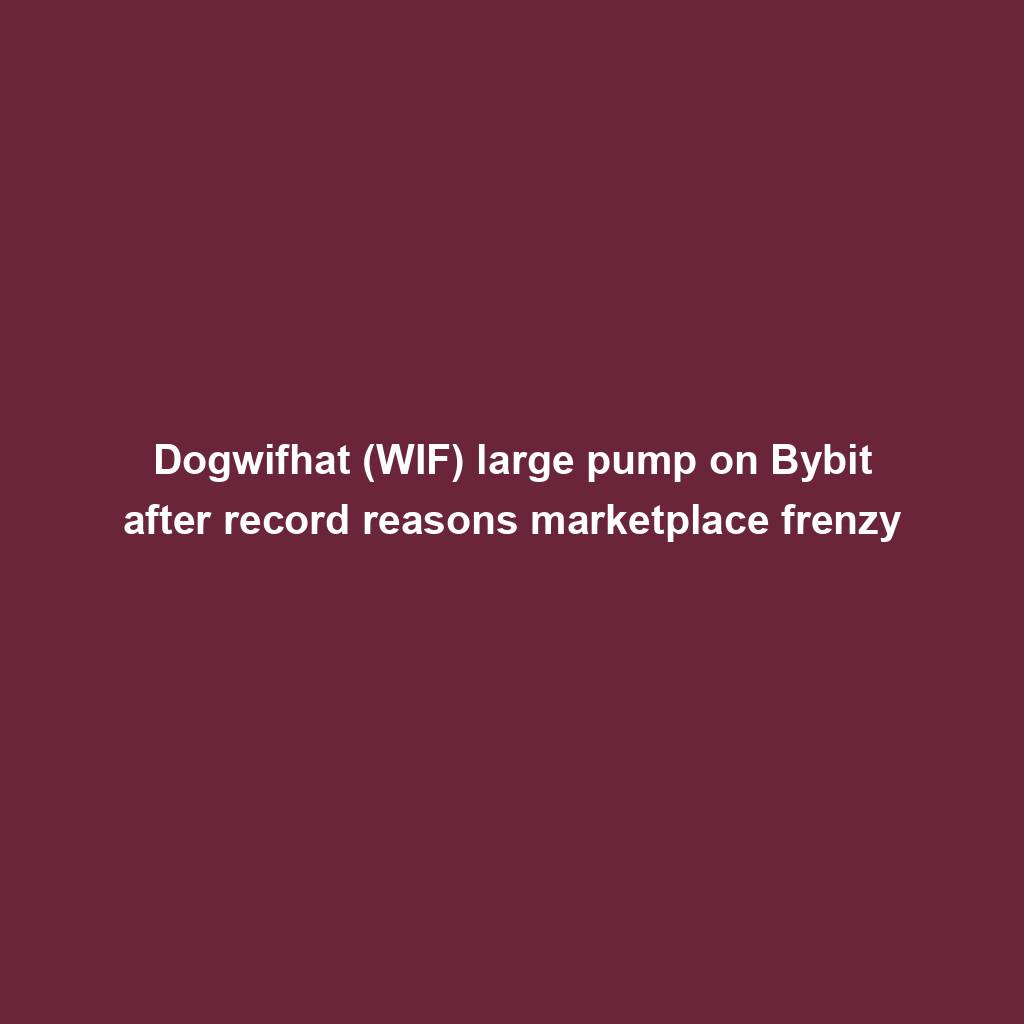
How fintech innovation is riding virtual transformation for communities around the globe
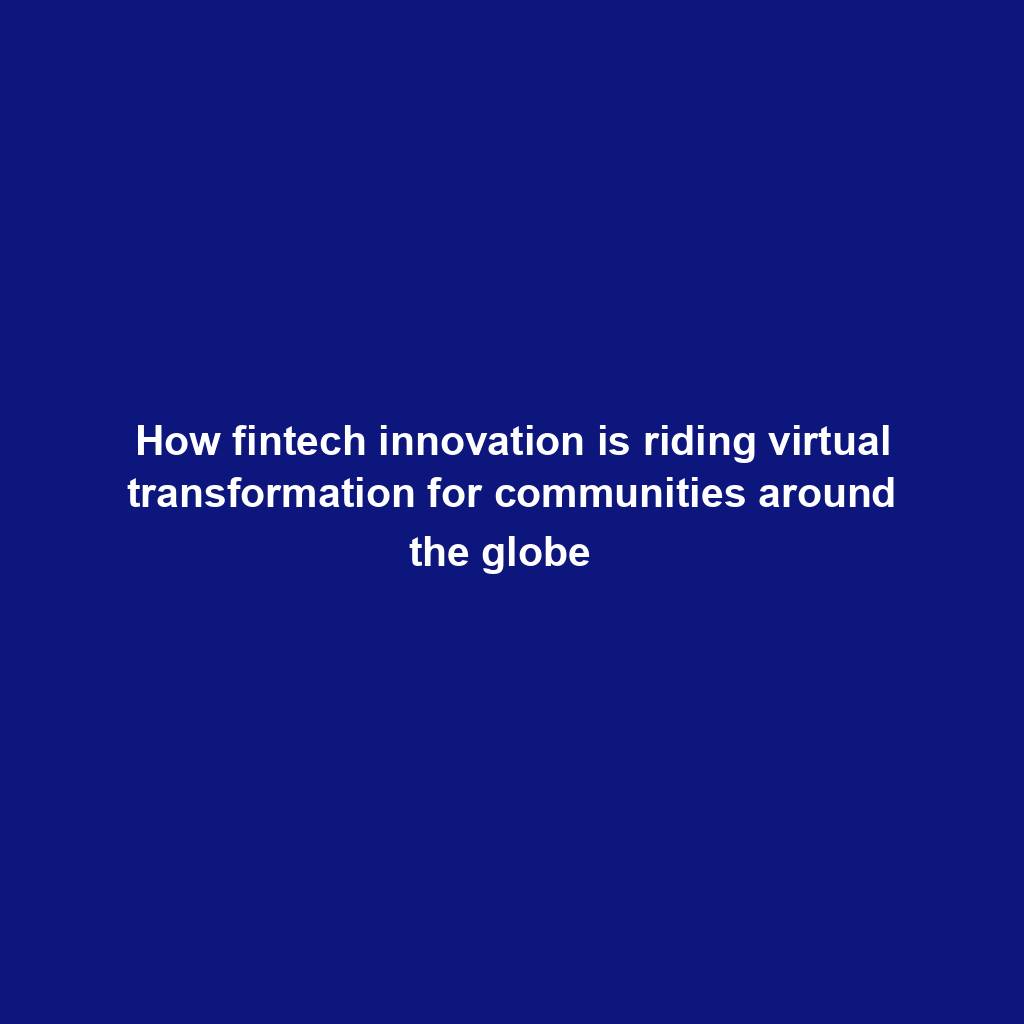
Wasabi Wallet developer bars U.S. customers amidst regulatory considerations

Analyst Foresees Peak In Late 2025

Solo Bitcoin miner wins the three.125 BTC lottery, fixing legitimate block

Ace Exchange Suspects Should Get 20-Year Prison Sentences: Prosecutors

Google Cloud's Web3 portal release sparks debate in crypto trade

Bitcoin Primed For $77,000 Surge

Bitbot’s twelfth presale level nears its finish after elevating $2.87 million
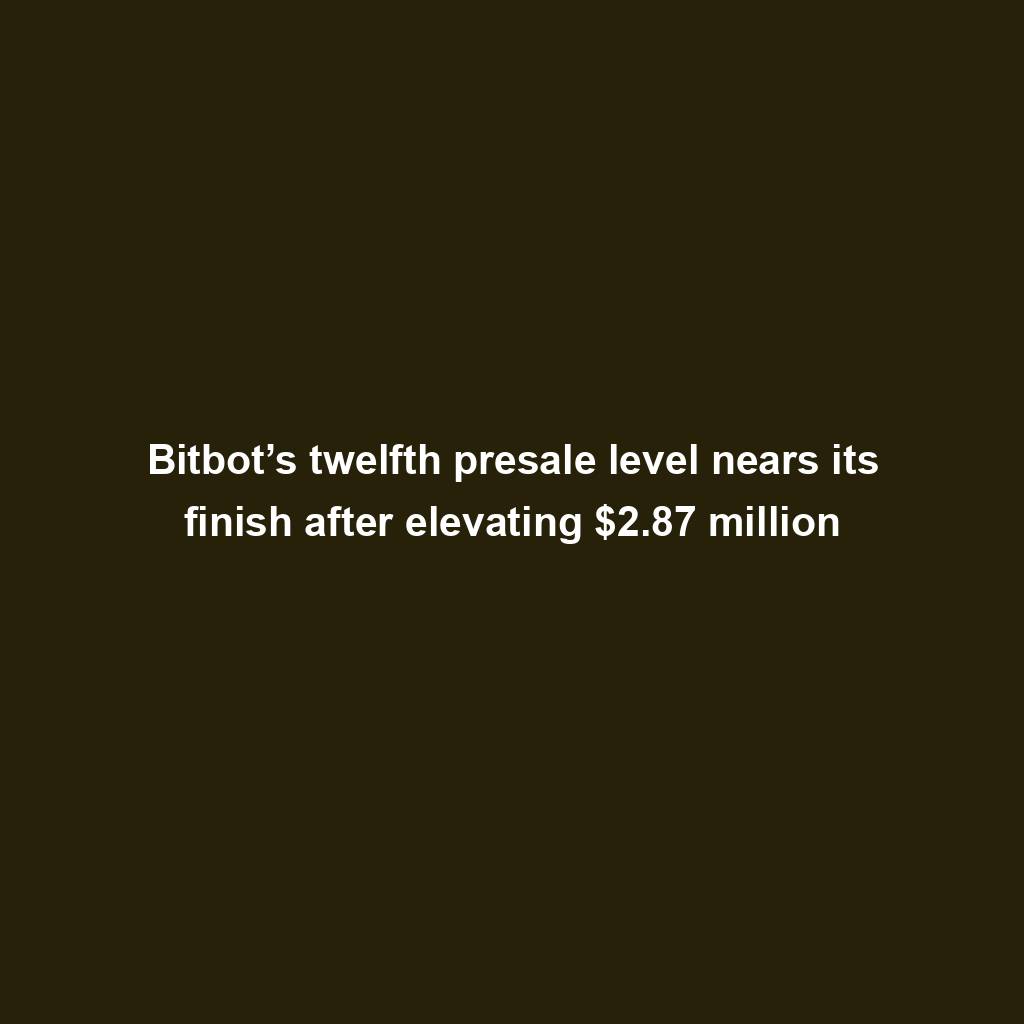
PANDA and MEW bullish momentum cool off: traders shift to new altcoin

Commerce technique: Ecommerce is useless, lengthy are living ecommerce

Republic First Bank closed by way of US regulators — crypto neighborhood reacts
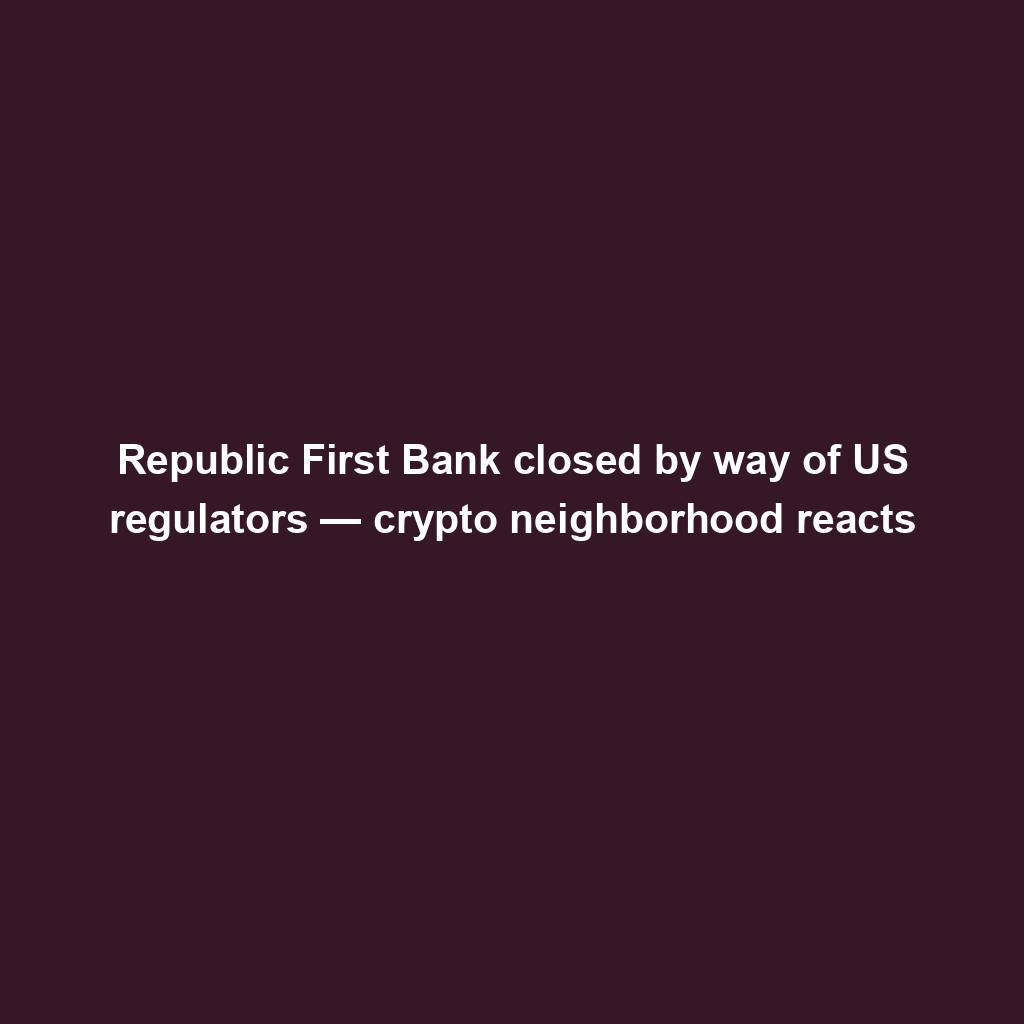
China’s former CBDC leader is beneath executive investigation

Bigger isn’t all the time higher: How hybrid Computational Intelligence development permits smaller language fashions
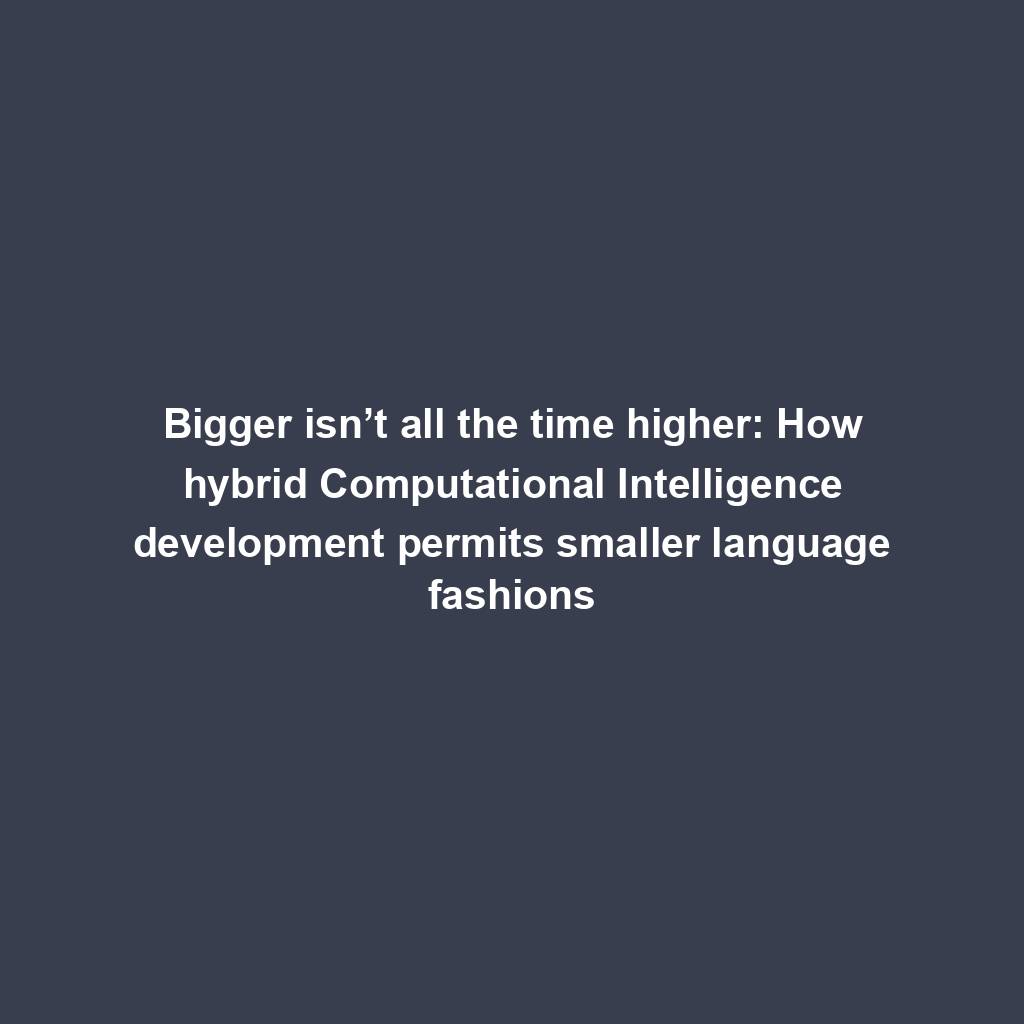
Pantera Capital buys extra Solana (SOL) from FTX
Successful Beta Service release of SOMESING, ‘My Hand-Carry Studio Karaoke App’

SEC sues Bitcoin miner Geosyn Mining for fraud; Bitbot presale nears $3M

Business procedure reengineering (BPR) examples

85% Of Altcoins In “Opportunity Zone,” Santiment Reveals
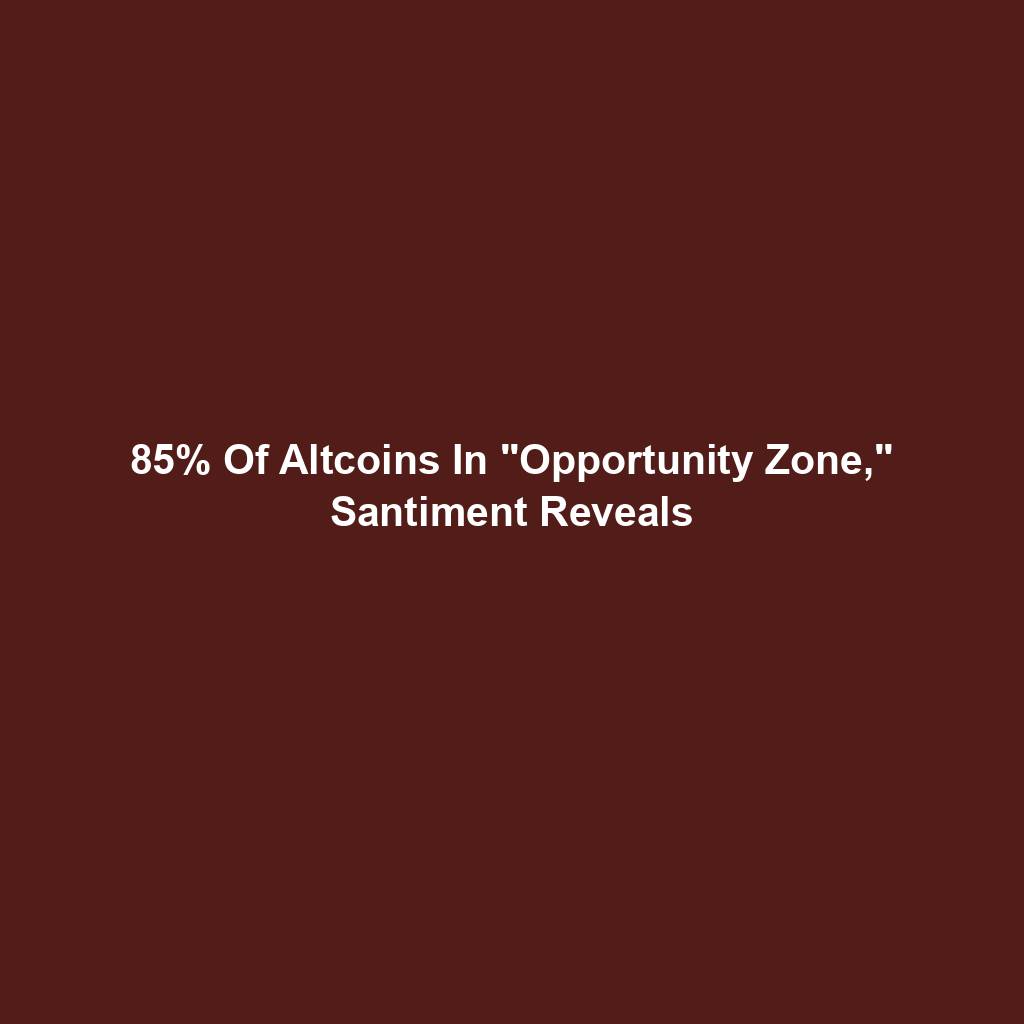
Sam Altman’s Worldcoin eyeing PayPal and OpenAI partnerships
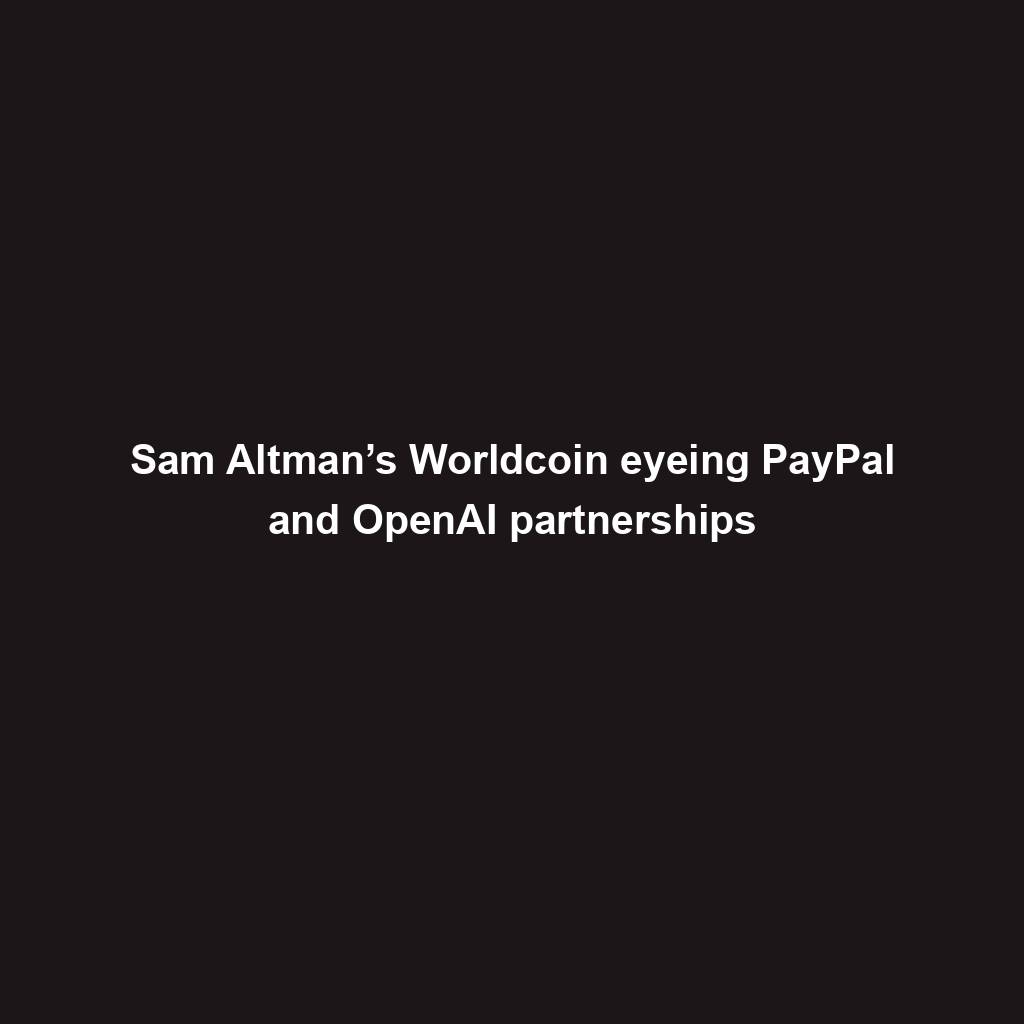
Artificial Intelligence transforms the IT strengthen enjoy
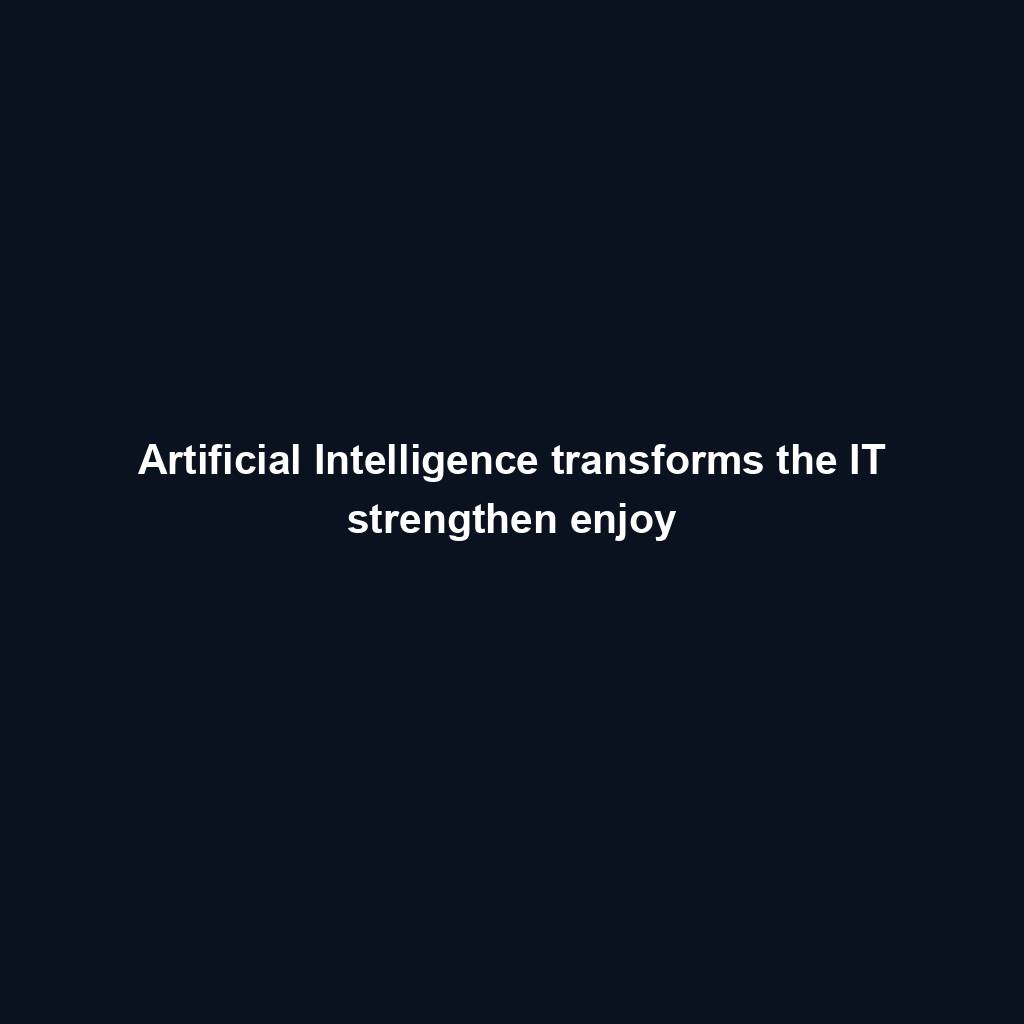
Franklin Templeton tokenizes $380M fund on Polygon and Stellar for P2P transfers
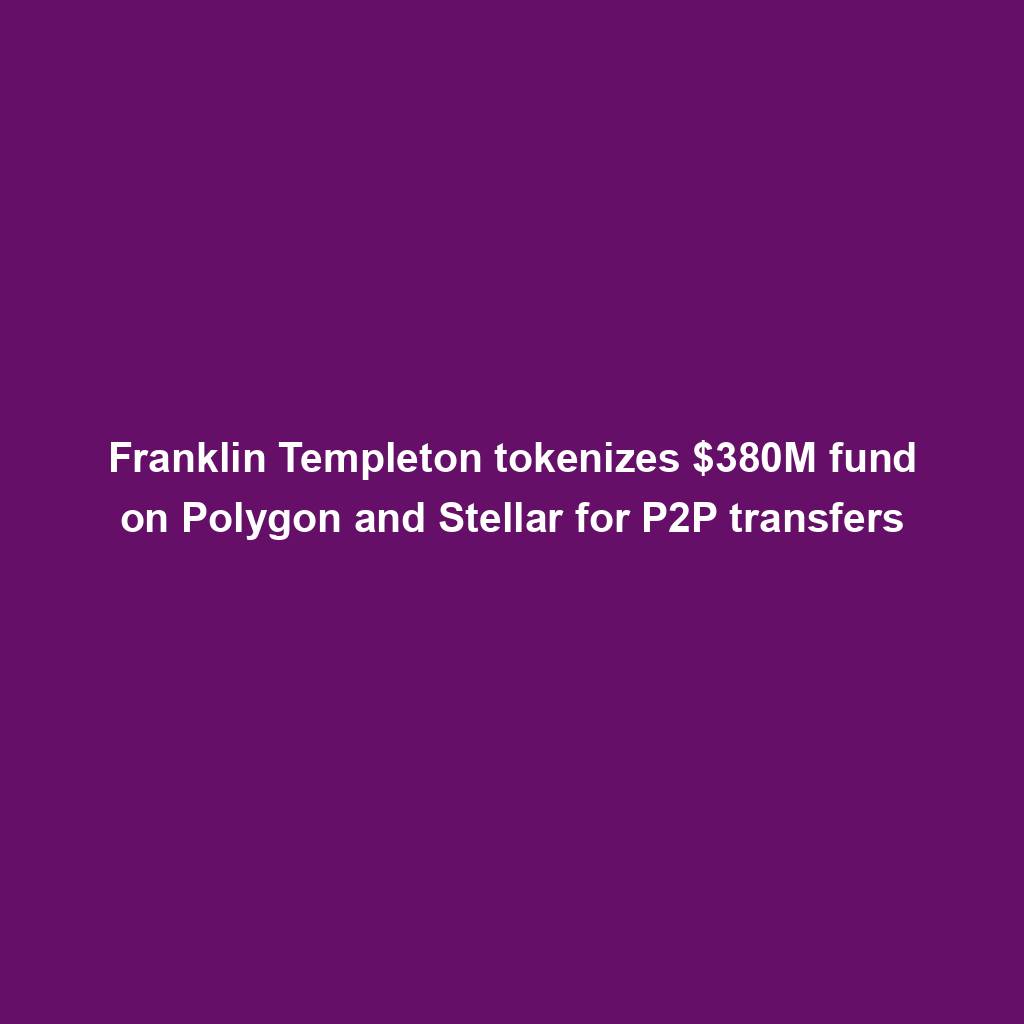
Meta’s letting Xbox, Lenovo, and Asus construct new Quest metaverse {hardware}
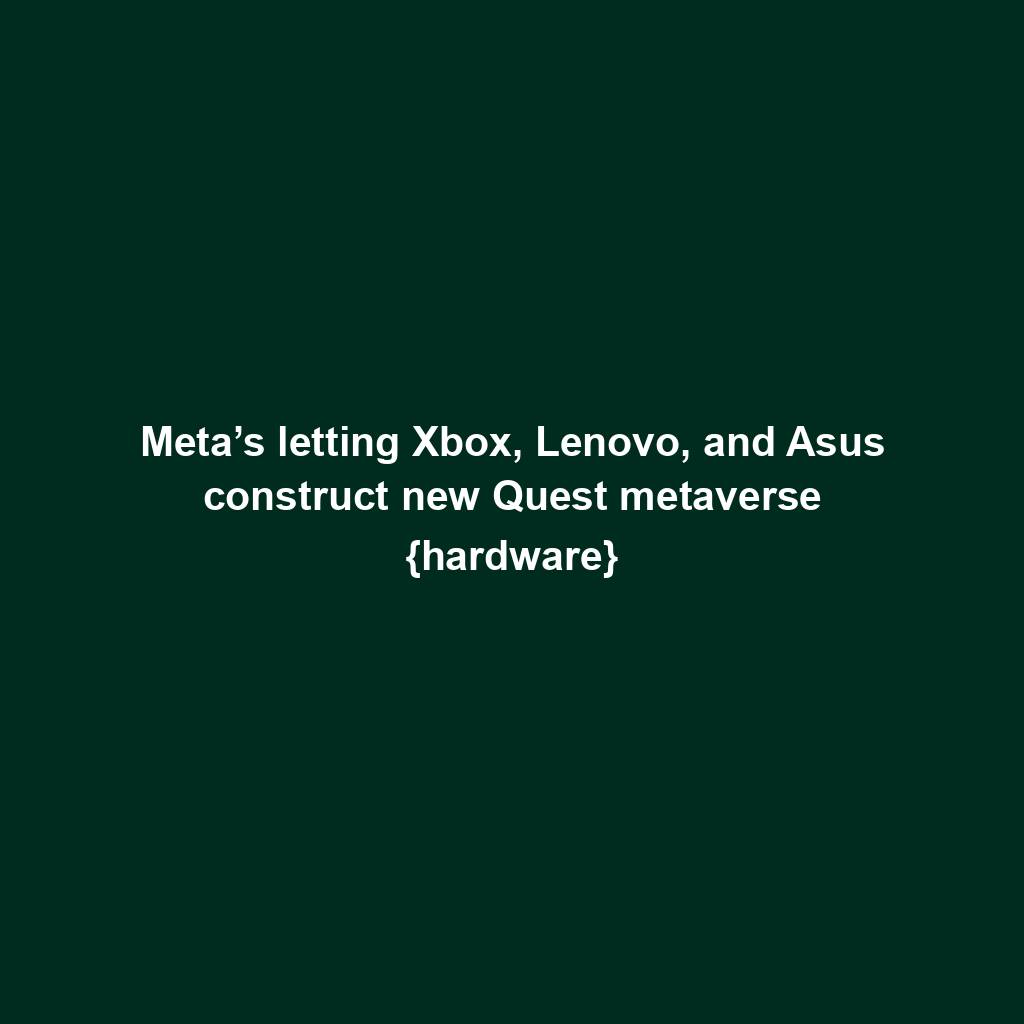
Shiba Inu (SHIB) unveils bold Shibarium plans as Kangamoon steals the display
